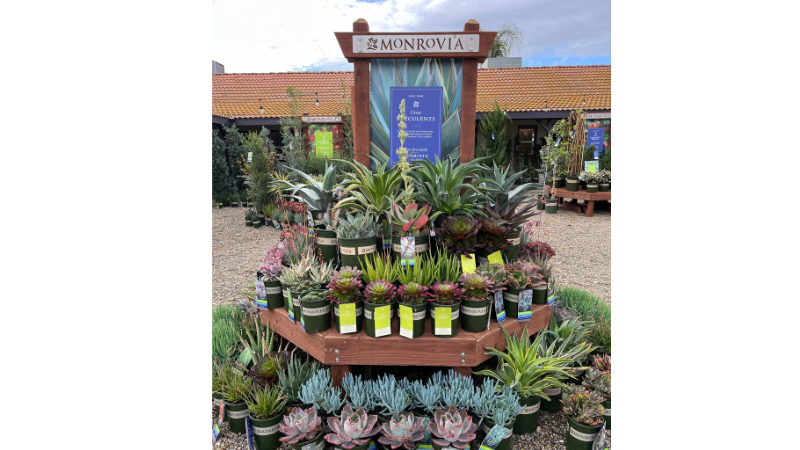
Growing as a craft: An inside look at Monrovia’s Visalia, California, operations
On my recent visit to Visalia, California, Monrovia’s nursery was buzzing with craftsmen (so named due to their skills and technique working with plants), coaches (managers) and even an army of robots. With approximately 600 acres of container plants and nine growing areas based on plant environment, the site was designed for water conservation. A canal handles 18 million gallons of water per month, and over 50% of the water used here is recycled.
Here’s a look at some of the practices taking place at the nursery.
Automating Tasks
Eight robots at the nursery are assigned to repeated tasks such as moving containers from one area to another and spacing them out properly.
After plugs are transferred to 2-gallon containers at the canning shed, the containers are taken off the trailers with forklifts so no one is doing that by hand, said Jonathan Pedersen, president and CEO. “But we can’t leave them like that to grow,” he said, “because the plants get bigger — we need [the plants] to get bigger.”
In come the robots. “The robots run based on reflector lines on the ground,” said Osvaldo (“Ozzy”) Robles, nursery manager. “We are able to program them for the different types of spacing that we want throughout the area, and they operate all the way across the length of the space.
“We line up our plants on the site and work our way down and have the robots do all the spacing for us.”
Of the eight robots, some are dedicated to 2-gallon containers, while another group is dedicated to 5-gallon containers.
“Spacing of our plants is key to making sure that they develop a really good root system and making sure that they’re spaced and they’re growing freely out here with the wind, water and everything else that we have so that we can get a high-quality plant,” Robles said.
“In winter, when the plants are smaller, they’re canned tight, but then as it starts to warm up, we need to spread them out,” said Katie Tamony, Monrovia’s chief marketing officer and trendspotter.
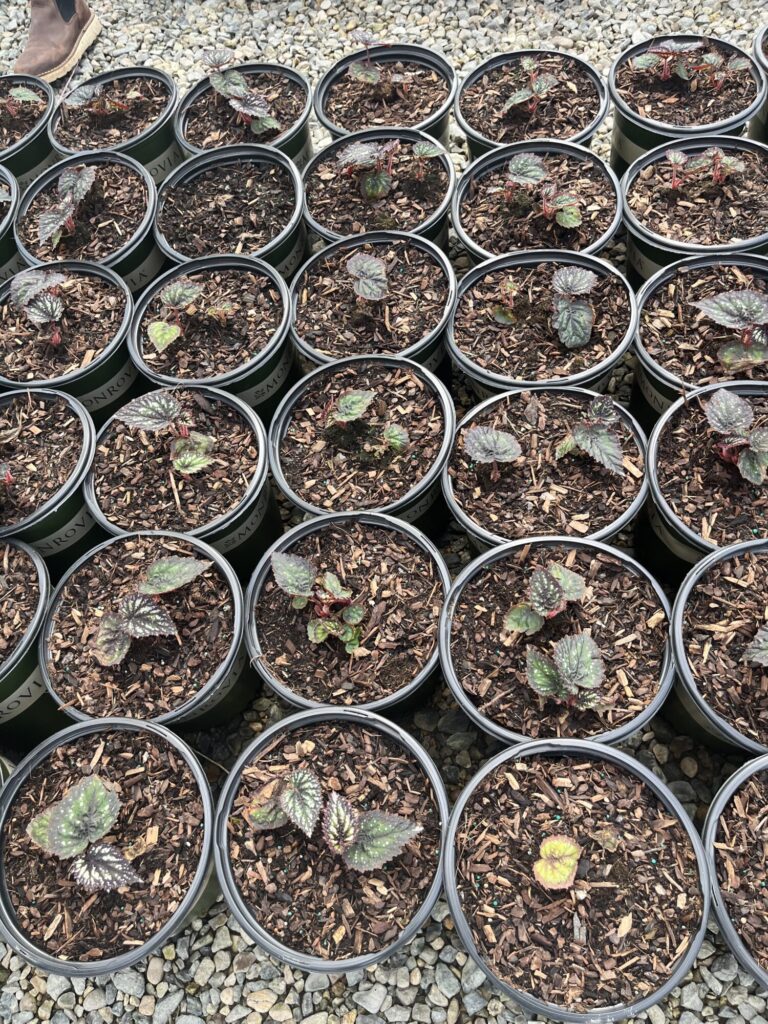
Natural Benefits of Beneficials
Monrovia employs a number of practices to reduce or eliminate the use of chemicals.
Weeding is done by hand, Pedersen said, which helps reduce chemical use. In addition, containers are mulched with rice hulls and bark to reduce weeds. “Most growers are going to broadcast a preemergent herbicide over everything all the time, so the plants have a lot of herbicide in it. No plant really likes it, but they’ll tolerate it.
“To cut down on the use of all that chemical, we put all of our plants that have a longer residency time through an extra process at canning. We put a layer of bark on the top. It’s cut our use of preemergent herbicide by 60%,” he said.
Pedersen also emphasized the importance of preparing the ground before putting plants down. “Weeds are the enemy on a nursery,” he said. “We try to stay as weed-free as we possibly can; it’s constant work and attention. We’re surrounded by farms in the valley and when the wind blows … seeds travel in the air, so we’re constantly making sure that we’re weed-free.”
Beneficial insects are also used to reduce the use of pesticides on site. “We have a team of people that are monitoring for any kind of bugs,” Pedersen said.
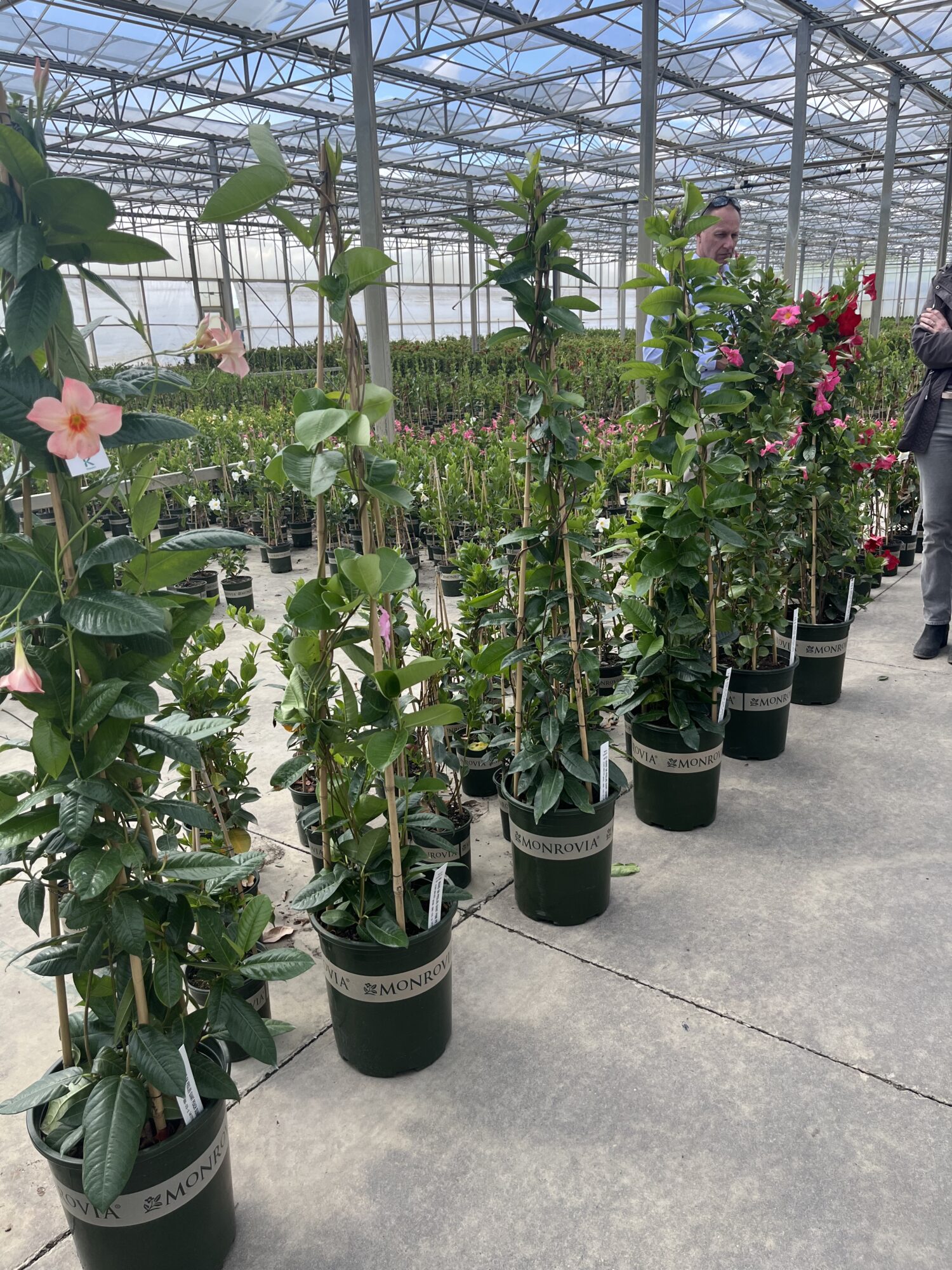
Robles explained that beneficials including Aphipar, a parasitic wasp that injects aphids with an egg, are used, as well as cryptobugs, which are predatory beetles.
“There are different types of beneficials for different types of pests,” he said. “They mainly use beneficials to control thrips, aphids, mealybugs, whitefly.” He said mandevillas are susceptible to aphids, whitefly and mites, but due to the beneficials they’re seeing improvement this year.
Robles said they’re working toward using beneficials in propagation so the beneficials can work their way over to other greenhouses, integrating them earlier and controlling everything from the beginning all the way to the end.
“What we don’t want to do is take action when [the problem is] already there,” he said. “We want to have preventatives in place to help us with that. It helps us reduce the use of any type of chemical that we have to use. This has been very successful so far.”
For an enhanced reading experience, view this article in our digital edition.


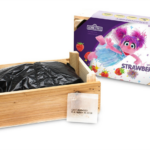



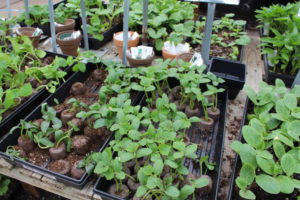

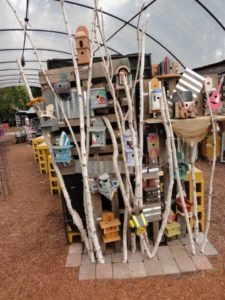

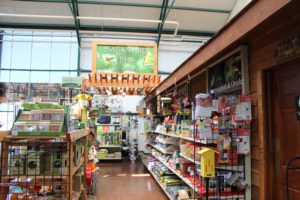
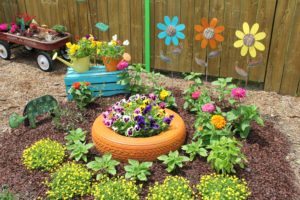
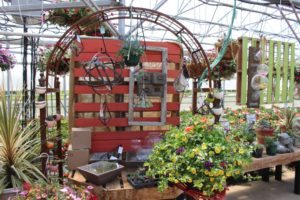
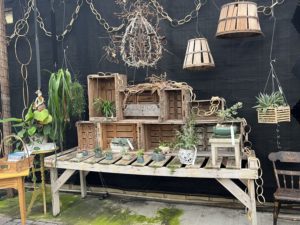
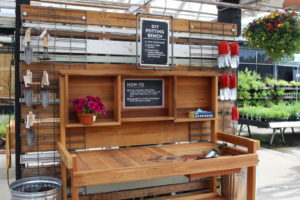
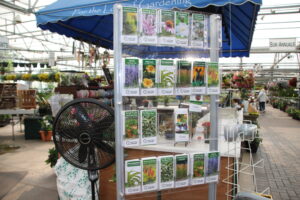
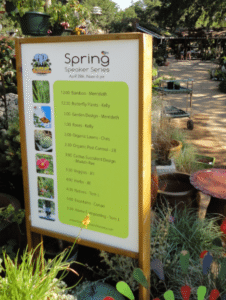
 Videos
Videos





